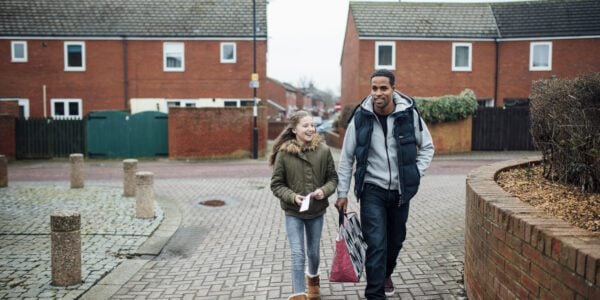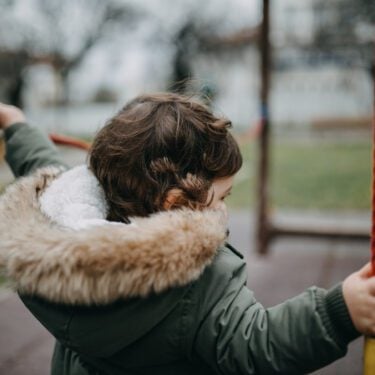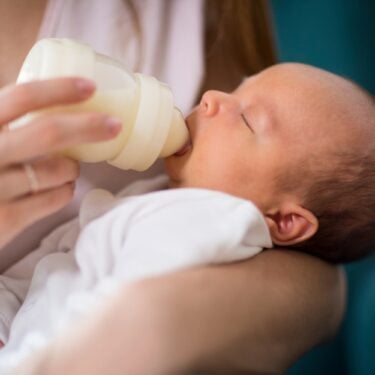Nuffield-funded researchers at Cardiff University’s School of Law and Politics have used ground-breaking empirical research to provide an important overview of the Court of Protection’s welfare jurisdiction.
The Court of Protection (CoP) was established in 2007 by the Mental Capacity Act 2005 (MCA) to adjudicate on questions relating to mental capacity and best interests. It has an important and growing jurisdiction over decisions concerning the health, welfare and liberty of people with mental disabilities such as dementia, learning disabilities, brain injuries and mental illness.
In the ten years since the CoP, there has been ongoing discussion and debate about the accessibility, efficiency and transparency of its welfare jurisdiction, yet little hard data exists to support careful analysis of these issues.
Researchers at Cardiff University’s School of Law and Politics, and funded by the Nuffield Foundation, undertook two research studies. The first study is based on data gathered from CoP welfare case files held by the court. This study is in itself a landmark in transparency, as it could only take place after the Court of Protection Rules 2007 were revised to grant researchers access to the CoP.
The second study used the Freedom of Information Act 2000 to gather data from local authorities and NHS bodies about their involvement in CoP welfare litigation. Both studies were based on data from 2014-15, the year following a landmark ruling of the Supreme Court that has had an important impact on the CoP’s jurisdiction over deprivation of liberty.
The report presents data on a wide range of issues including: the demographics of ‘P’ (the person whom the case is about), applicants, the subject matter of litigation, key transparency markers such as the publication of judgments and reporting restrictions, procedural matters such as how many hearings were held and how many judges were involved in each case, and how cases ended.
Key findings
- Unlike its predecessor jurisdiction in the Family Division of the High Court, the work of the CoP leans more strongly towards social welfare questions such as where a person lives and how they are cared for than medical treatment. Local authorities are now the main users of the CoP’s welfare jurisdiction – they are involved more frequently in CoP litigation than NHS organisations.
- Cases about relationships – who a person has contact with, and whether they have the mental capacity to consent to sex or marriage – are among the most complex in the CoP’s jurisdiction. They typically involve more parties and hearings, take longer and cost more than other kinds of case.
- A typical welfare case in the CoP can cost local authorities around £13,000, but some cost considerably more than this. The cost to public authorities of welfare litigation in the CoP may have a chilling effect on their willingness to refer disputes to court where appropriate. For P and families who do not qualify for legal aid, the cost of litigation may be a major barrier to accessing justice.
- Researchers found little evidence that P or families were using the CoP’s main personal welfare jurisdiction to challenge decisions made under the MCA; in the sample it served primarily as a vehicle for public bodies to seek authorisation for best interests decisions. However, the procedure for asking the court to review a deprivation of liberty safeguards authorisation provided a vehicle for P and others to challenge assessments that they lacked mental capacity, or best interests decisions, about a wide range of matters including: disputes about serious medical treatment, contact with friends or family, and consent to sex or marriage. The research team raise concerns that recent rulings by the Court of Appeal may close down the only realistically available route into the CoP’s welfare jurisdiction for these fundamental human rights matters.
- We found few indications that P was routinely participating in CoP welfare proceedings. We hope that following the introduction of new rules on participation this picture has changed since our research took place.



















































